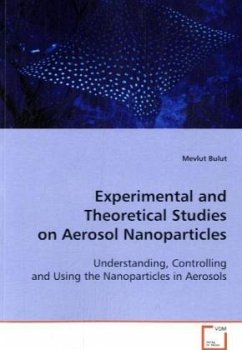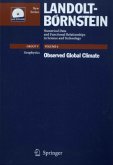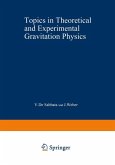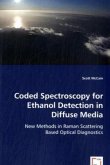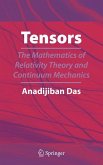This dissertation, through a systematic
investigation of the behavior of the gas-phase
dynamics of
nanoparticles generated by laser ablation of solid
target materials in background gases
and a study of the physical processes involved in
gas-phase nanoparticle processing, explores the
combination of laser and aerosol processes as a
novel approach to make thin
film materials with a level of microscopic
organization similar to that found in nature.
The integrated laser-aerosol method is very flexible
and can be used in the
synthesis of a variety of materials. In this study
it is applied to the deposition of
nanocomposite thin films comprising tetrahedral
amorphous carbon (ta-C) with
embedded metal nanoparticles. The controlled
incorporation of metal nanoparticles
enables the modulation of the electrical
conductivity of ta-C over four orders of
magnitude without significantly or adversely
affecting its mechanical properties.
investigation of the behavior of the gas-phase
dynamics of
nanoparticles generated by laser ablation of solid
target materials in background gases
and a study of the physical processes involved in
gas-phase nanoparticle processing, explores the
combination of laser and aerosol processes as a
novel approach to make thin
film materials with a level of microscopic
organization similar to that found in nature.
The integrated laser-aerosol method is very flexible
and can be used in the
synthesis of a variety of materials. In this study
it is applied to the deposition of
nanocomposite thin films comprising tetrahedral
amorphous carbon (ta-C) with
embedded metal nanoparticles. The controlled
incorporation of metal nanoparticles
enables the modulation of the electrical
conductivity of ta-C over four orders of
magnitude without significantly or adversely
affecting its mechanical properties.

